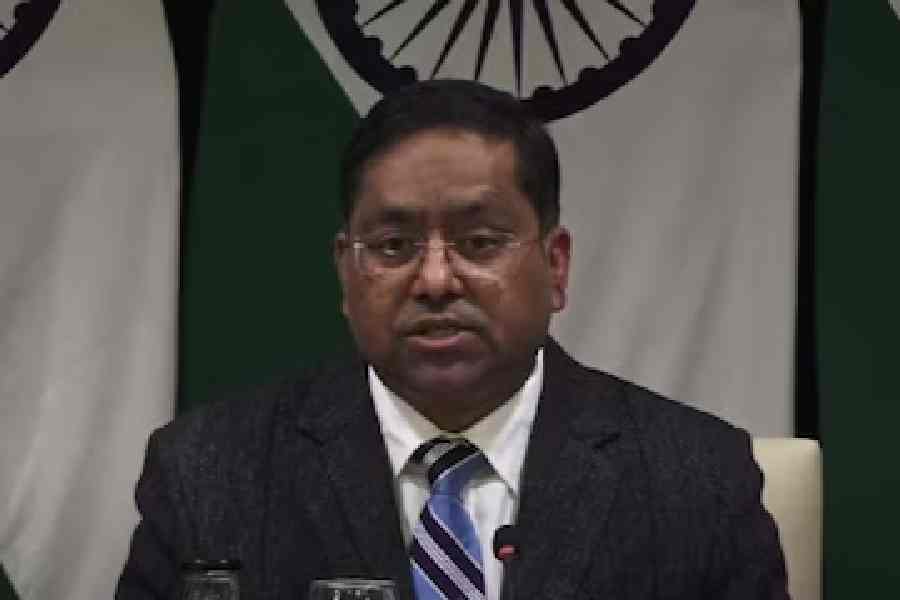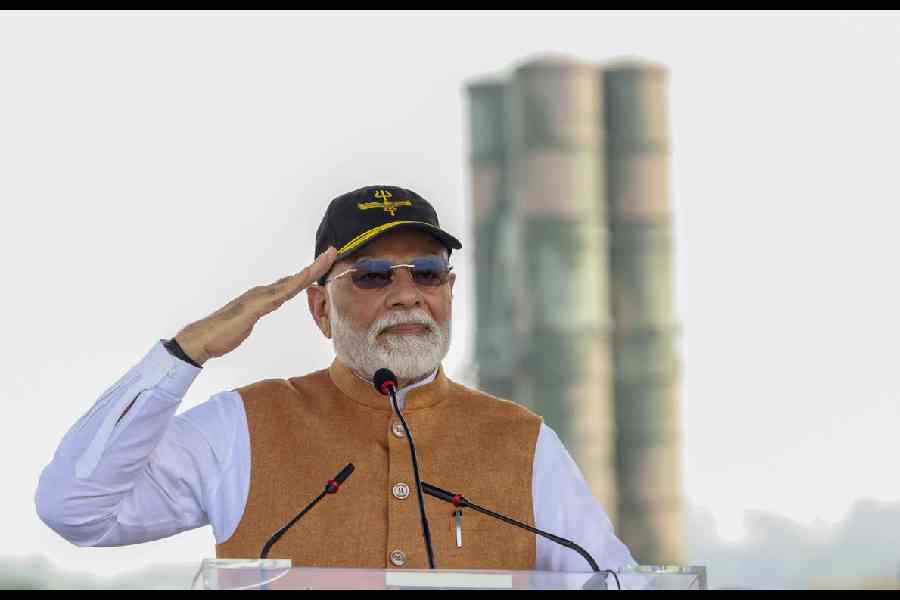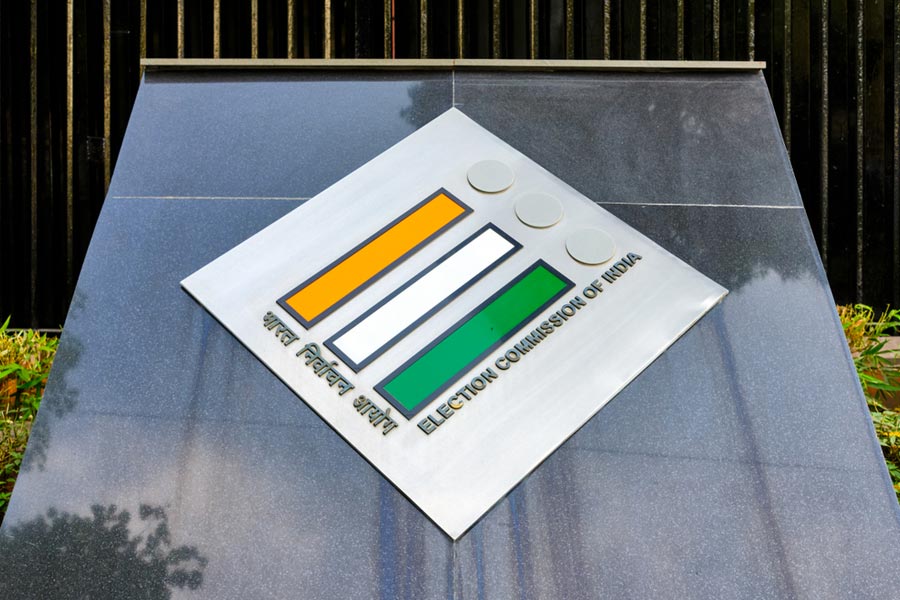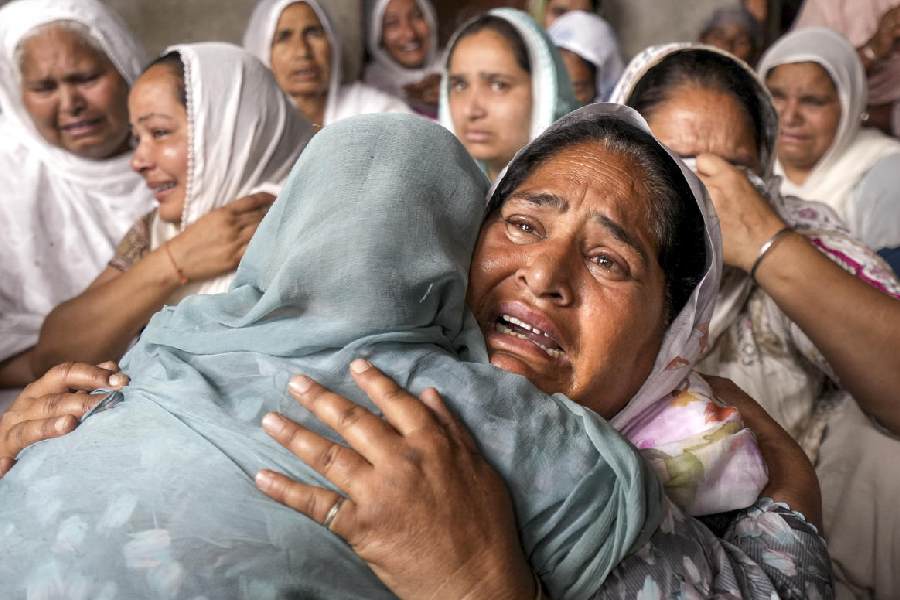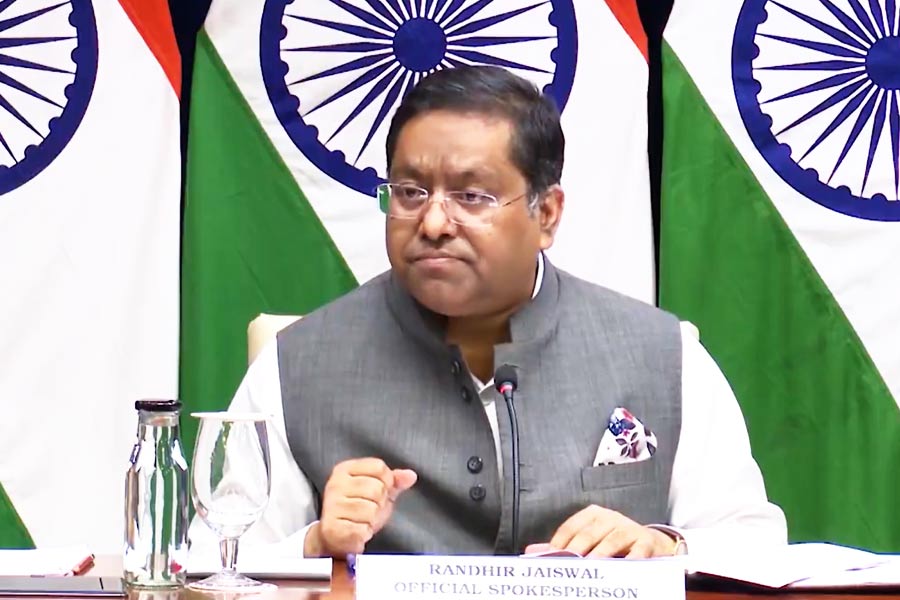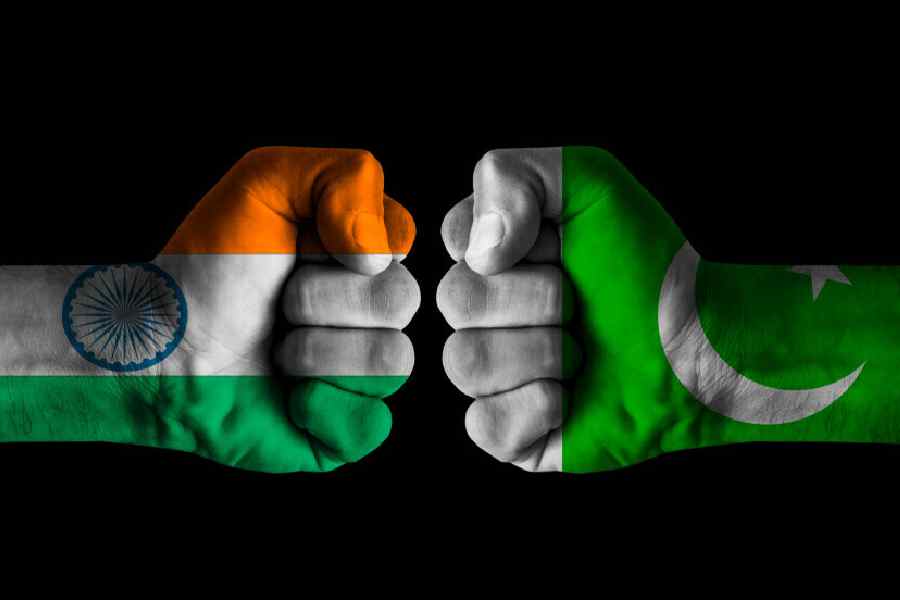New Delhi, Jan. 10: The Indian and US armies are planning a new series of joint exercises, a set of which will draw on lessons in urban warfare in the wake of the November attack by terrorists in Mumbai.
“We in the Indian Army are looking towards taking our relationship further. Our co-operation has come a long way,” Lieutenant General A.S. Sekhon, India’s Director General of Military Operations (DGMO), is understood to have told his counterparts during a meeting hosted by the US Army, Pacific, at its headquarters in Hawaii.
“It started from a lower level of co-operation, with subject matter engagements to tactical level exercises with boots on the ground, and I think the doctrinal exchange... has really paved the way to take this co-operation further higher,” Sekhon has been quoted as saying in a US Army statement.
New York police have already begun training officers in heavy weapons to equip the force’s emergency service unit to fight off a commando-style attack like the Mumbai siege. Representatives had come to Mumbai to study the attacks and draw lessons.
Sekhon was leading the Indian delegation at the latest (13th) meeting of the India-US executive steering group (ESG) of the two armies. The ESG reviewed relations between the two armies in 2008 and drew up a fresh calendar of events for 2009. The ESG is one of the bodies under the Defence Policy Group, the apex committee that decides military-to-military relations between India and the US.
Senior defence ministry sources said the joint drills to follow were expected to be more complex than the exercises of the past. This goes for naval and air exercises as well.
The US delegation was led by Lt Gen. Benjamin R. Mixon, commander, US Army, Pacific.
The ESG meeting follows on the heels of the visit by the US Joint Chiefs of Staff, Admiral Mike Mullen, who shuttled between Islamabad and Delhi to defuse the tension in the wake of the Mumbai attacks. During his meetings here the two sides were understood to have shared security perceptions, not only on the terror attacks, but also on Afghanistan.
“Since 1995, we have met annually to enhance our relationship and we have made significant progress over the last many years,” the statement quoted Mixon as saying. “Our relationship with India has been and will continue to be a centrepiece of our strategy with the United States Army in the Pacific,” he said.
The two sides are understood to have agreed on an “eight-initiative programme” during the visit of India’s army chief, General Deepak Kapoor, to the US last year, when he was hosted by the US Army Chief of Staff, General George Casey. Details of the eight-point programme have not been shared, but the two sides believe that military cooperation must intensify.
“The need for these initiatives are more urgent now in light of the Mumbai terrorist attacks,” the US statement quoted Mixon as saying. “A great deal of work has been done by our staff in preparation for the ESG, and I am optimistic that we can work together to produce outstanding results. I would like to continue to build upon these successes so we can enhance our professional and personal friendships.”
There have been more than 50 India-US joint military drills in the last six years. Though Pranab Mukherjee as defence minister signed a 10-year framework co-operation agreement for the India-US defence relationship — that governs military-to-military ties — there are outstanding issues that are proving a major hitch.
Among these are India’s hesitation and US insistence on signing three agreements that would make transfer of military technology and sharing of experiences wider.
These are: an End User Verification Agreement, under which Americans want to carry out annual onsite inspection of all systems sold under government-to-government deals and all sensitive technologies bought directly from defence firms; a Logistics Supply Agreement that would allow ships and aircraft of both sides to use each other’s berthing facilities and refuel on a barter basis; and a Communications and Information Security Memorandum of Agreement, a prerequisite for some sensitive American defence sales.
India last month decided to place an order for eight Boeing-made P8i maritime surveillance aircraft for the navy. Earlier in 2008, India contracted six C-130J Hercules transport aircraft for its special forces for $962 million (Rs 4,646 crore).


